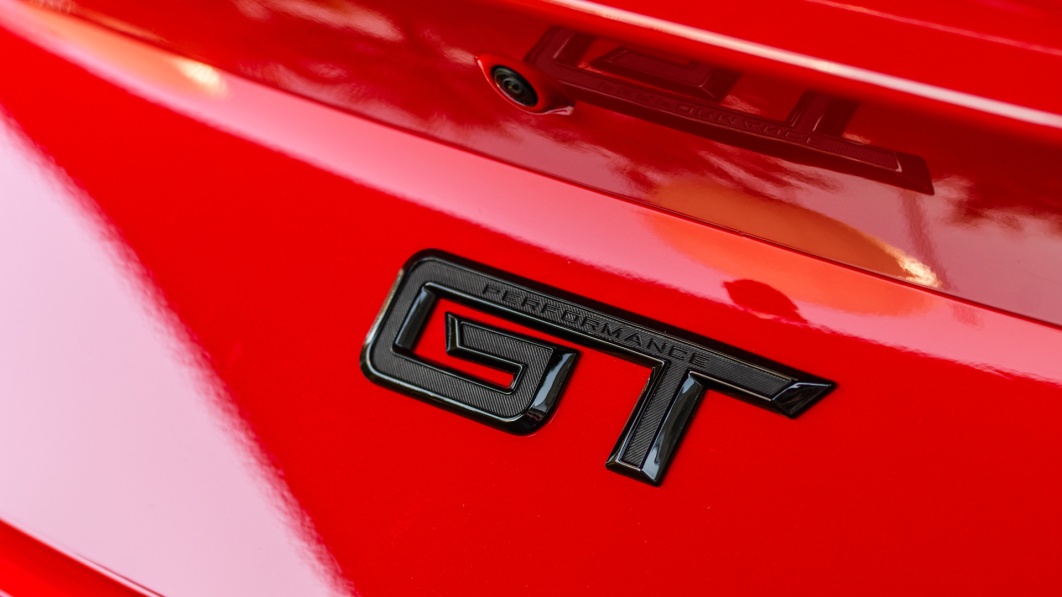GT Unveiled: The Secret Sauce Behind Those Two Letters on Your Dream Car

In the kaleidoscope of the automotive world, where acronyms such as ABS, ESC, and DOHC glitter amongst many, the term GT holds a distinct allure, carved deep into the heart of car enthusiasts and manufacturers alike. It's not just another tag; it's a badge of honor, whispering tales of grandiose and thrill. So, let us embark on a journey to demystify the essence of GT, tracing its lineage from the cobblestone streets of early 20th-century Italy to the cutting-edge showrooms of today.
The Genesis of GT
The saga of GT, standing for gran turismo in Italian or grand touring in English, traces back to its inception with the iconic 1929 Alfa Romeo 6C 1750 Gran Turismo. This masterpiece heralded a new era, defining the GT blueprint for generations. It was the dawn of a vehicle that could leap across continents, combining the finesse of luxury with the fervor of sports performance.
Historically, a true GT was a symphony of power, handling, and comfort. It was engineered for those who yearned to devour miles with elegance, yet pined for the thrill of aggression along serpentine mountain passes. This distinguished breed of automobiles offered more than just speed; it promised an experience, a bridge between sumptuous leisure and adrenalized driving.
The Evolution of GT
However, as epochs changed, so did the interpretation of GT. The 1960s and 70s witnessed a broadening of this term, embracing vehicles like Ford's GT40 and Ferrari's GTO—a stark departure from traditional touring. This era saw GT morphing from a precise definition to a broader, more accessible ethos, encapsulating anything from high-performance racecars to muscular road warriors. It symbolized an added zest to the mundane, a badge signifying enhanced performance, handling, or mere stylistic additions.
Today, GT has transcended its original confines, adorning a diverse array of vehicles. From the electric prowess of Audi's e-tron GT to the opulent grandeur of the Bentley Continental GT, and from the race-bred agility of Porsche's GT3 RS to the spirited dynamism of Kia's GT trims—the spirit of GT continues to evolve. Yet, amidst this diversity, the core essence of grand touring - blending performance with comfort for the long haul - remains alive.
Deciphering GT Today
With the proliferation of the GT badge, determining what truly constitutes a GT car in the modern tapestry can be perplexing. While some vehicles proudly uphold the grand touring pedigree, others might carry the GT moniker more as a mark of distinction or aspirational allure. The discerning buyer, therefore, must peal past the badge to uncover the heart of the machine.
The archetypal GT remains a sanctuary of speed and solace, catering to those who wish to chase horizons in comfort without foregoing the pulse of performance. From meticulously tuned suspensions to hushed yet potent engines, the modern GT marries the adrenaline of sports cars with the refinement of luxury rides. Each GT, whether it hews closer to tradition like the McLaren GT or charts a new course like electric and compact versions, carries a piece of that original grand touring dream into the future.
In a world where GT can mean countless things, it ultimately depends on what you seek on your automotive odyssey. Whether it's dominance over the asphalt or the whisper of luxury in a high-speed embrace, GT-badged vehicles offer a spectrum of choices. However, embracing a GT means embarking on a journey—a journey of exploration, luxury, and above all, exhilarating driving.
In conclusion, the GT emblem is more than mere letters; it's a legacy of automotive excellence. As we trail the evolution of GT, we realize it's not just about the vehicle; it's about the exhilarating journey it promises. So, when you next see a GT badge, remember, you're not just looking at a car; you're witnessing history in motion.